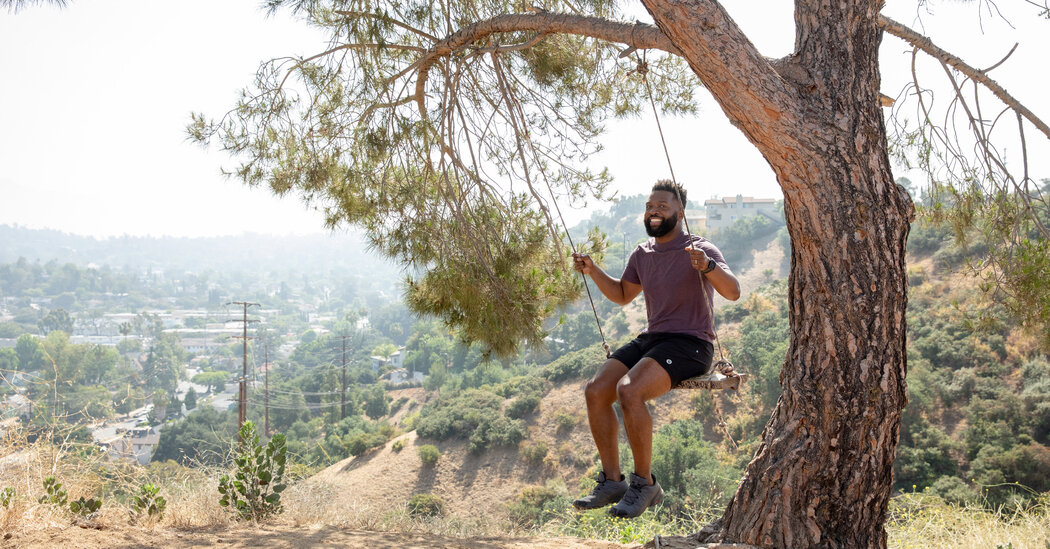There was also a shock for me on Tangier Island, in the Chesapeake Bay, with James “Ooker” Eskridge, the mayor of the community. On paper, me and this guy don’t have that much to say to each other. He was in the Trump-iest voting district in America by some measures, and he’s very, very, very conservative. But I had the luxury of spending real time and feeling his energy and experiencing his hospitality. I learned that his home is disappearing due to rising sea levels, due to climate change. He won’t quite call it climate change, but he acknowledges the waters rising and wants to do something about it. He wants sea walls, he wants federal money to be spent to save his town. We were on the coast of his island and seeing tombstones in the water. You can show data about climate change and you could watch an Al Gore presentation and see the temperature going up. But then you can wade through a graveyard. Hearing him describe having to exhume his ancestor to his own backyard; he got emotional talking about it. It made it real. I didn’t expect to have that experience at all. I definitely didn’t expect to have it with someone who’s seemingly so different from me.
Climate change comes up a lot in the show. Was that your intention?
Making a show about the outdoors is making a show about climate change. We can’t avoid the topic. In every location, I was witness to the effects of climate change: the dryness and lack of water in Death Valley beyond what’s expected; the firefighter training for those wildland firefighters; in Idaho, the smoke from Western fires, and the low levels of the river and the high temperatures of the river. In Minnesota, the premise of one of our segments with the Abaz family, the farming family, was trying to breed climate-resilient trees that can bear higher temperatures, because the forest we were standing in is going to disappear. And so rather than just mourn that, what kind of new forest can we create in its place? They’re engineering just through basic biology to harden the forest so that their kids have trees, too. When we were in Duluth, Minne., we could hardly breathe. Minnesota is having mad fires now. We couldn’t see Lake Superior. I had to wear an N95 mask when we weren’t shooting, because it was burning inside.
Everywhere we went, we had a climate story. Sometimes it was more of a focal point of who we were talking with and the story; other times, it just affected how we could make the show.
What do you…
Click Here to Read the Full Original Article at NYT > Travel…
